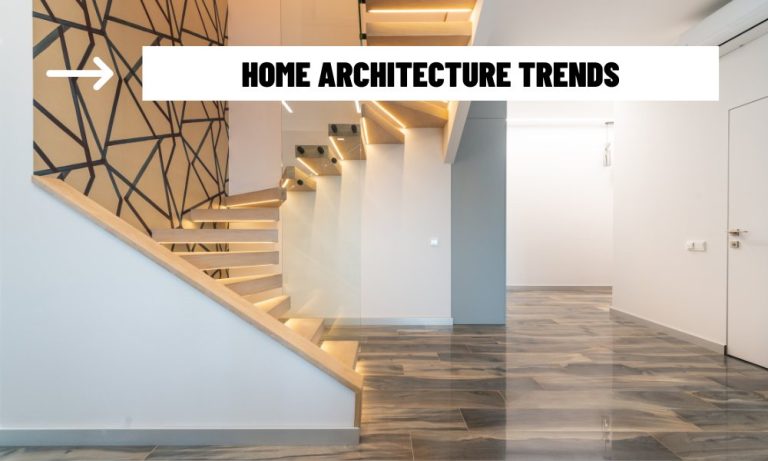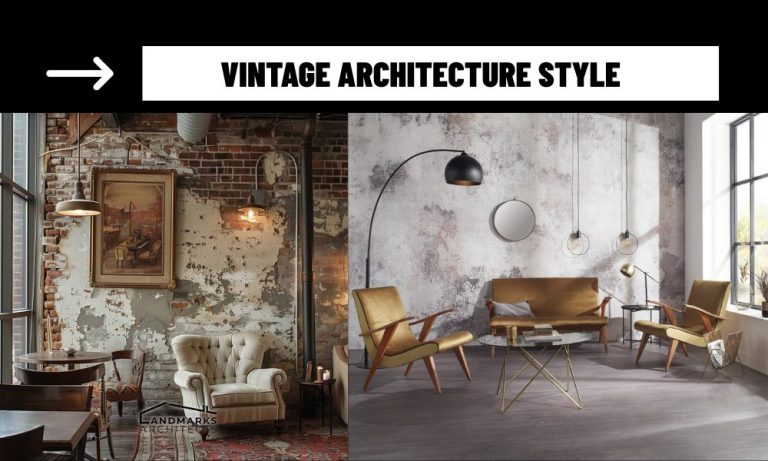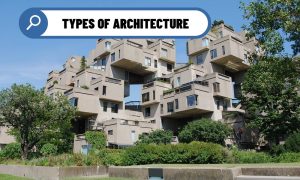As global interest grows in sustainable living and culturally rooted design, Vernacular Style Architecture is experiencing a resurgence. Often overlooked in the shadow of contemporary architecture, vernacular buildings represent centuries of adaptation, survival, and wisdom passed down through generations. They are more than just homes—they are reflections of identity, culture, and resilience.
What is Vernacular Style Architecture?
Vernacular Style Architecture is a type of architecture based on local needs, available materials, and building traditions specific to a region. These buildings are typically designed and built by the people who use them, without the involvement of formally trained architects. They evolve organically in response to climate, geography, and socio-cultural context.
Unlike universal architectural styles that aim for a global aesthetic, vernacular architecture celebrates diversity. Each region has its unique forms—earthen homes in the Middle East, stilt houses in Southeast Asia, timber-framed cottages in Europe, or thatched huts in Africa.
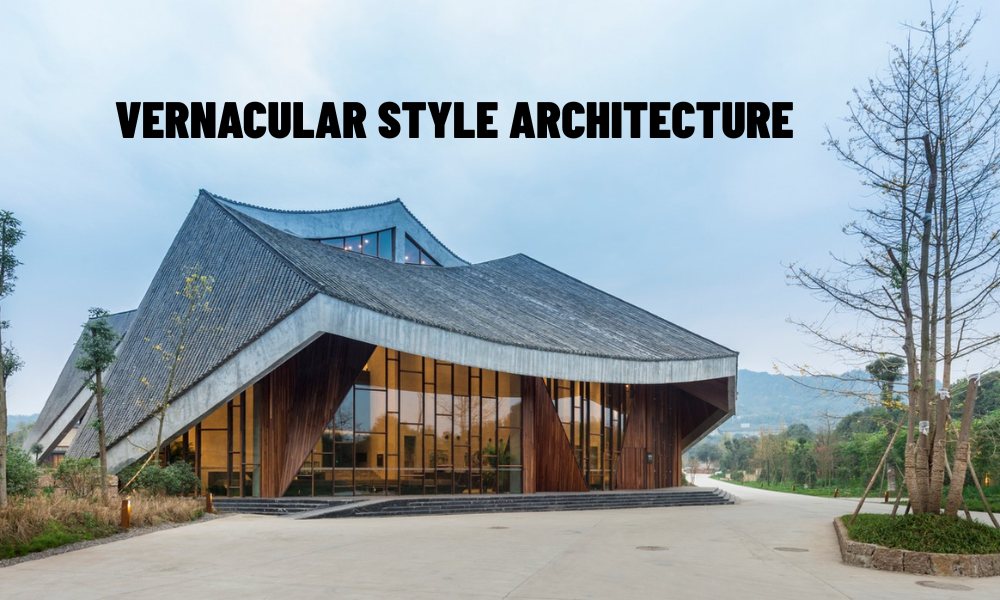
Key Characteristics of Vernacular Style Architecture
Use of Local and Natural Materials
Materials are sourced directly from the environment—clay, adobe, straw, bamboo, stone, wood—resulting in low embodied energy. The buildings are easy to repair, recycle, or return to nature.
Climatic Adaptation
Vernacular architecture is inherently energy-efficient. Thick walls in hot, dry areas keep interiors cool; sloped roofs in rainy regions prevent water accumulation; and open courtyards in warm climates promote cross-ventilation.
Cultural Significance
These buildings reflect community values, rituals, and social organization. Architecture becomes an extension of daily life—kitchens are placed where the wind can carry smoke away; prayer areas face specific directions based on belief systems.
Community-Based Construction
The building process often involves local artisans and the community. This strengthens social bonds and ensures that the design is rooted in collective memory and function.
Historical Significance
Before industrialization, Vernacular Style Architecture was the norm. Every culture developed its own architectural language suited to its ecosystem and traditions. The Greek Oikia, the Japanese Minka, and the Native American Pueblo all showcase how human ingenuity responded to place and purpose.
Colonialism and globalization later marginalized vernacular methods, promoting uniformity over local identity. However, the environmental and social costs of this shift have led to a renewed appreciation for vernacular wisdom.
Vernacular Architecture Around the World
India: The Bhunga houses of Gujarat are circular and earthquake-resistant, suited for the seismic zones of western India.
Iran: Windcatchers (badgirs) are used to funnel cool air into buildings in desert climates.
Japan: Traditional Minka homes are built with wood and thatch, featuring large overhanging roofs to deal with snow and rain.
Africa: The Musgum mud huts in Cameroon are made of compressed sun-dried mud, with intricate patterns that aid drainage and aesthetics.
South America: Adobe homes in Peru are naturally insulated, suited for high-altitude temperature fluctuations.
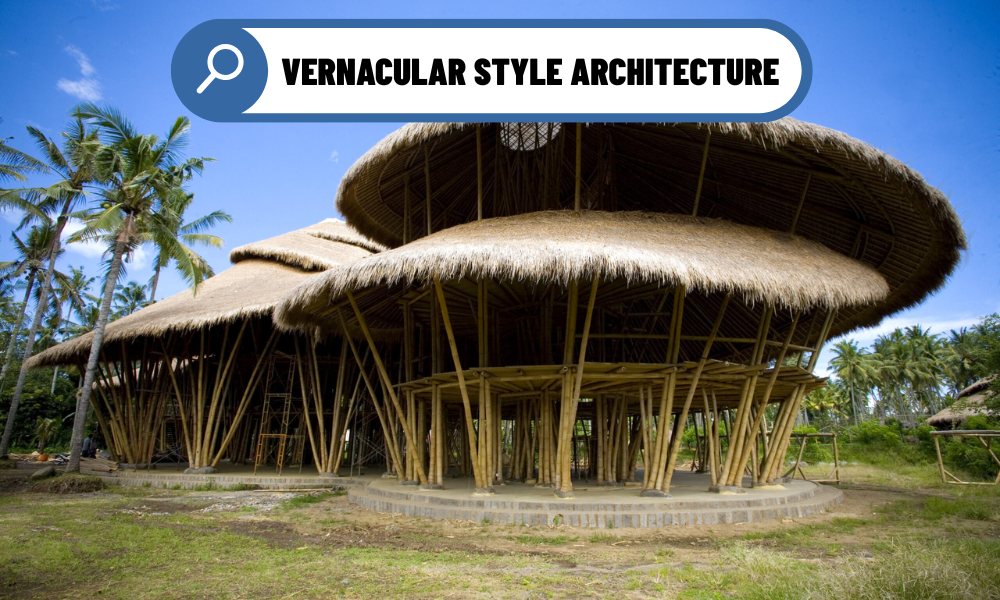
The Role of Vernacular Style Architecture in Modern Design
With climate change, housing crises, and cultural homogenization on the rise, the architectural world is returning to vernacular strategies. Many modern architects now integrate vernacular elements to create sustainable and meaningful structures.
Examples of Modern Applications:
Architects like Laurie Baker in India used vernacular techniques to develop low-cost housing with natural ventilation.
Vo Trong Nghia Architects in Vietnam incorporate bamboo and passive cooling to design eco-friendly urban spaces.
Francis Kéré, a Burkina Faso-born architect, has won global recognition for combining traditional African materials and forms with modern design techniques.
Vernacular Style Architecture is not a relic of the past—it’s a pathway to a more sustainable, inclusive, and culturally rich future. As we face global challenges, the wisdom embedded in vernacular traditions offers valuable lessons. The way forward may very well lie in the knowledge of the past.



